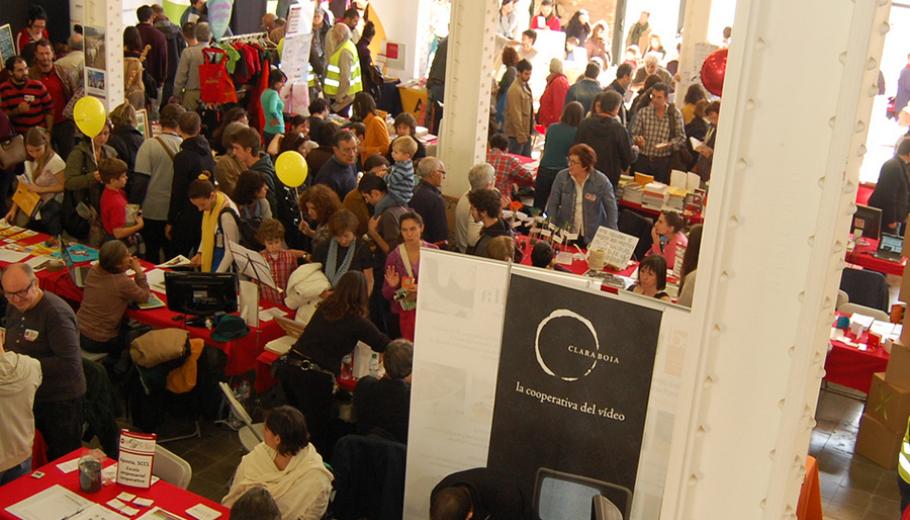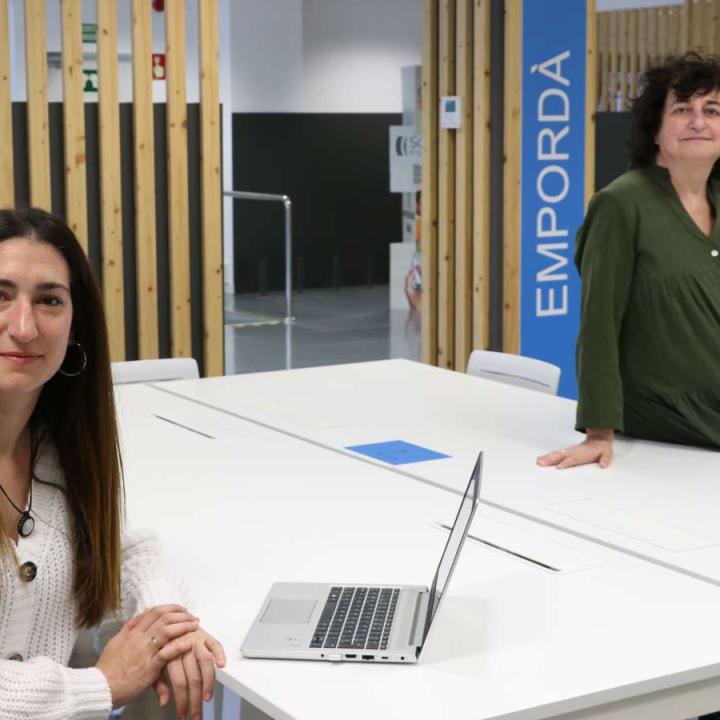The social economy has always been present in our society, more or less visible, with more or less strength. And it is so regardless of the economic boom or the crisis or complexity that surrounds us. It exists beyond economic turbulence. It is a way of doing, of organizing and understanding work, the value of people's work and the management of resources. It is a way of understanding and building the society in which we live. It is based on putting values in the way of doing, in people, ahead of the money we can get from the activity.
When we look back we can see that in the last years of the last century and the beginning of this one there was a regression of the social economy, especially in other parts of Spain where the model of the commercial enterprise copied almost all the activity. Fortunately, in recent years we have seen growth again, especially in the cooperative economy, the spearhead of this economy.
The social economy is an absolutely valid model for any sector of activity. Often self-interested discourses relegate this economy to the service sector and / or in sectors where the production of work can be done on a small scale or in feminized sectors. When we talk about sectors of greater complexity, where there is greater economic investment or a larger size is required to make it viable, then interested voices appear advising to go to the "real" economy. This automatically implies that we leave the field open to large corporations and multinationals, to organizations where capital is the priority. And when we talk about public services, the social economy model is not only absolutely valid, but it is the natural ally for the deployment of public policies
Water management, one of the great public goods, requires infrastructure and complex processes to ensure salubrity and distribution. In this sector we find multiple management formats, and the social economy has only a symbolic presence: the Comunidad Minera Olesana cooperative has been doing this for more than 100 years with success in the economic, social and environmental vectors..
When we talk about waste collection or waste management, we also find social economy companies and especially insertion companies. These companies do not have waste management as their main purpose, but focus on the employment of groups at risk. We find models such as Trinijove or Fundación Formación y Trabajo. They are solvent insertion companies, with a track record, that have the necessary infrastructures to respond to the needs of society and the administrations that must provide these services to citizens..
When we talk about management of parking areas, cleaning buildings, management of public gardens, etc., these are ideal workspaces for special work centers or insertion companies or cooperatives. We have great examples such as the TEB cooperative group, the Nuevo Verde cooperative or Garbet Cooperativa de Inserción.
When we talk about services of attention and care of people (children and young people in RISC of social exclusion, elderly people, families .) is an ideal space for worker cooperatives, which bring together professionals in the sector: educators, psychologists, nurses, family workers, physiotherapists . these are cooperatives that in many cases were born in the 80s by the hand of the Administrations as a tool for the provision of quality public services. Cooperatives such as Atajo, elta, Do Suara have been working for decades to improve the welfare of people.
Public policies, welfare and social economy are three indissoluble concepts.
Ángeles Cobo. General Manager of Suara Cooperativa



